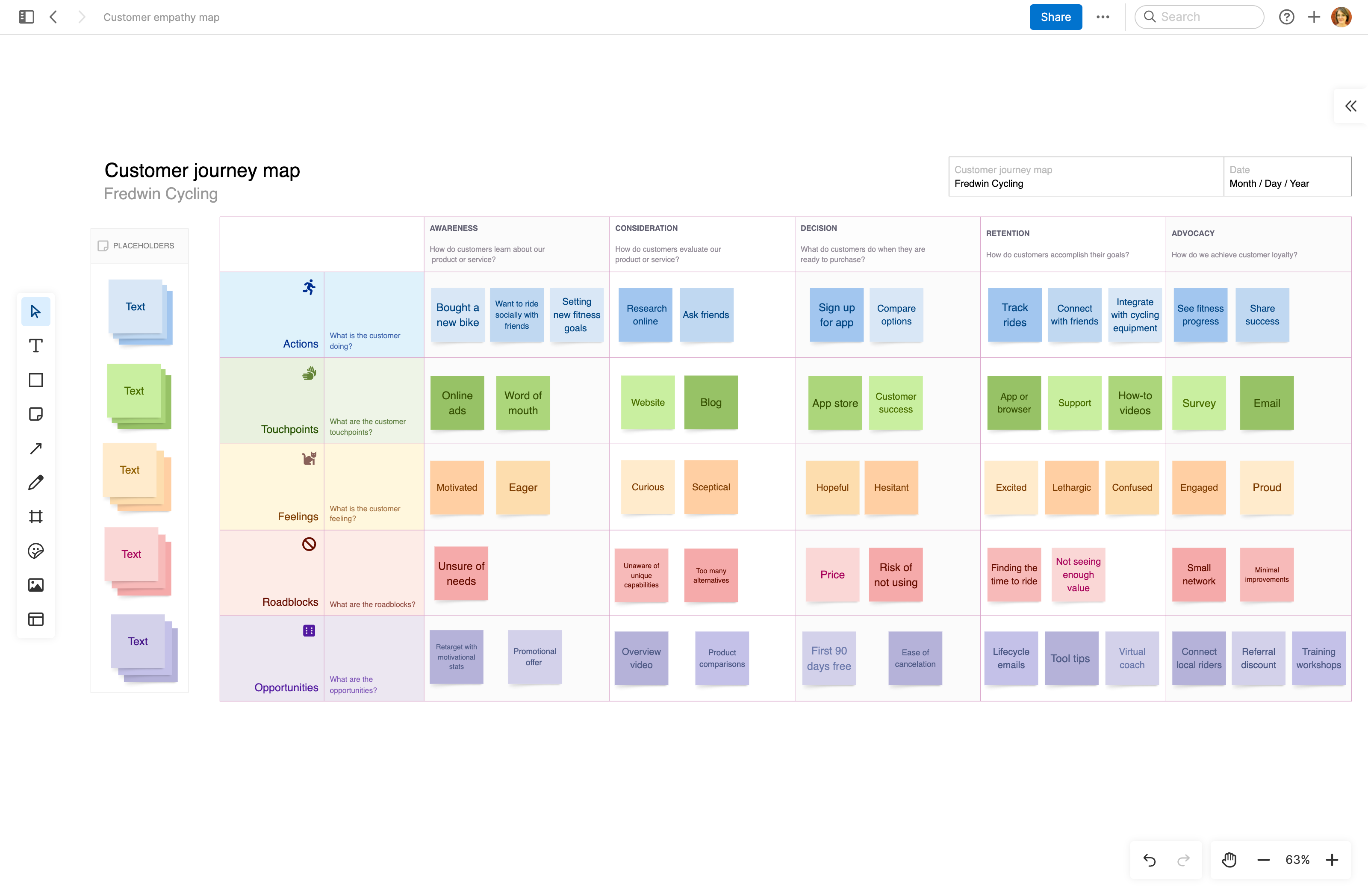What is customer experience (CX)?
Get an overview of customer touchpoints — plus, how product managers can influence CX
Last updated: November 2025
Customer experience (CX) is what shapes how people feel about your company and product. It encompasses every interaction customers have with marketing, support, product features, and more. Learn what it takes to create an experience that your customers truly value. |
Customer experience refers to every touchpoint that buyers have with your company or product and their overall perception of these interactions. CX spans the entire customer journey, from discovery to post-purchase.
Here is a simple example. Pick a local restaurant and read through the reviews. What stands out? You will certainly see customers commenting on the food (i.e., the product). But much more affects their experience beyond the menu. Wait time, staff helpfulness, atmosphere, and pricing — all contribute to the customer experience.
CX is a critical part of what makes any product successful. And product managers are in a unique position to influence your team to help create an exceptional customer experience.
Deliver great customer experiences with Aha! software. Try for free.
Let's explore this idea. Jump ahead to the sections in this guide:
Why is customer experience important?
Customer experience shapes every step of the customer journey — from the first time people hear about your product to when they (hopefully) leave a positive review after years of use. By building a strong CX, you can directly influence meaningful business results.
A continued investment in customer experience can:
Differentiate your product from competitors by delivering quality service, support, and functionality
Build strong customer relationships through thoughtful and memorable interactions
Reduce churn by addressing pain points across the customer journey
Encourage loyalty — turning satisfied customers into repeat buyers and advocates
Drive revenue growth by retaining more customers and attracting new ones
Strengthen brand perception when customers feel valued
It boils down to this — when you look at the big picture of what you offer and focus on improving the entire experience, customers are more likely to feel appreciated, understood, and respected. In turn, these positive interactions are more likely to turn customers into vocal advocates.
Related:
What makes a great customer experience?
If you want customers to care about your product, you need to care about how they feel. It is not enough to provide a good product at a competitive price when so many other factors impact how you gain and retain customers. You also need to think about how your product is discovered, delivered, and supported.

